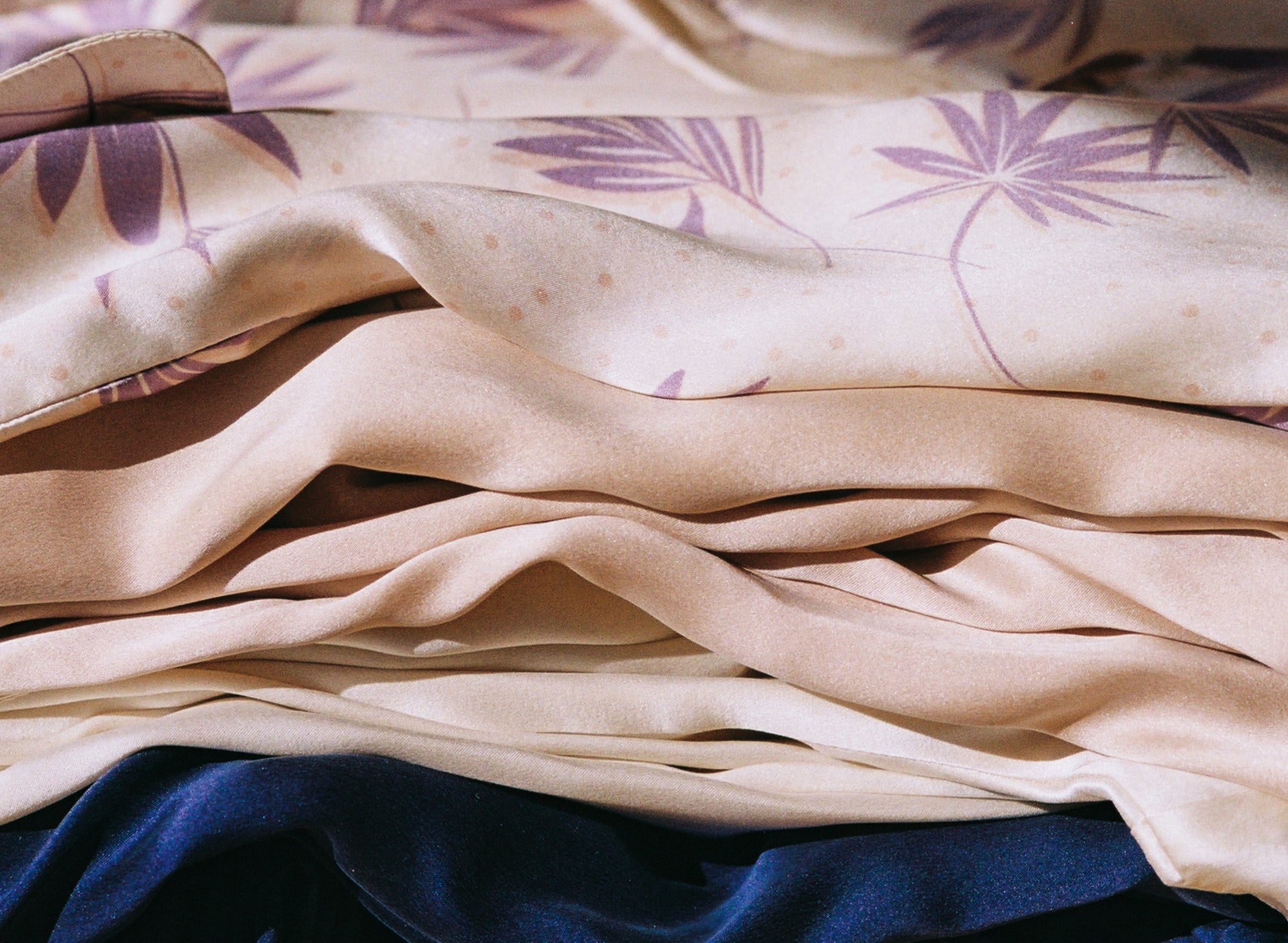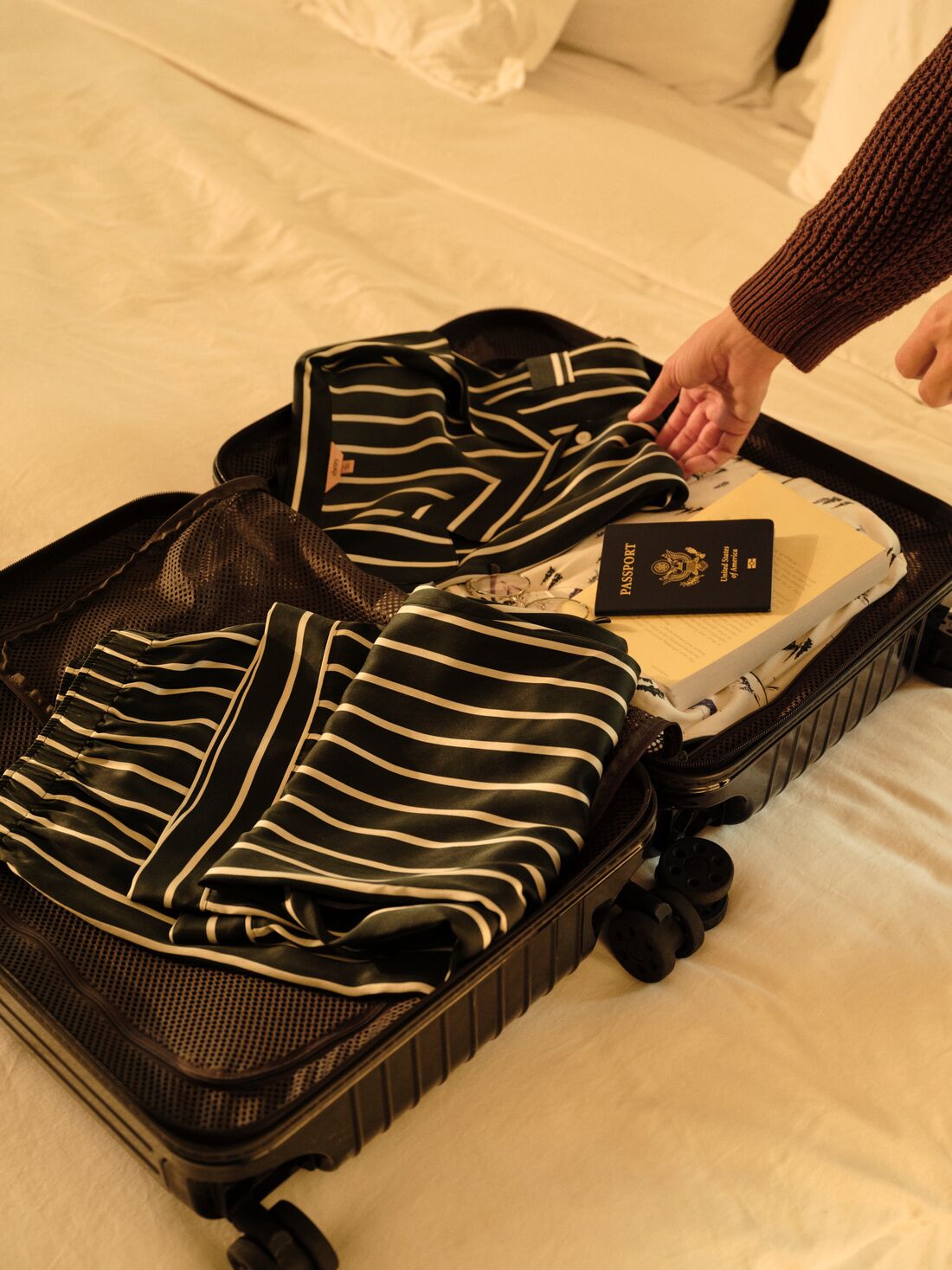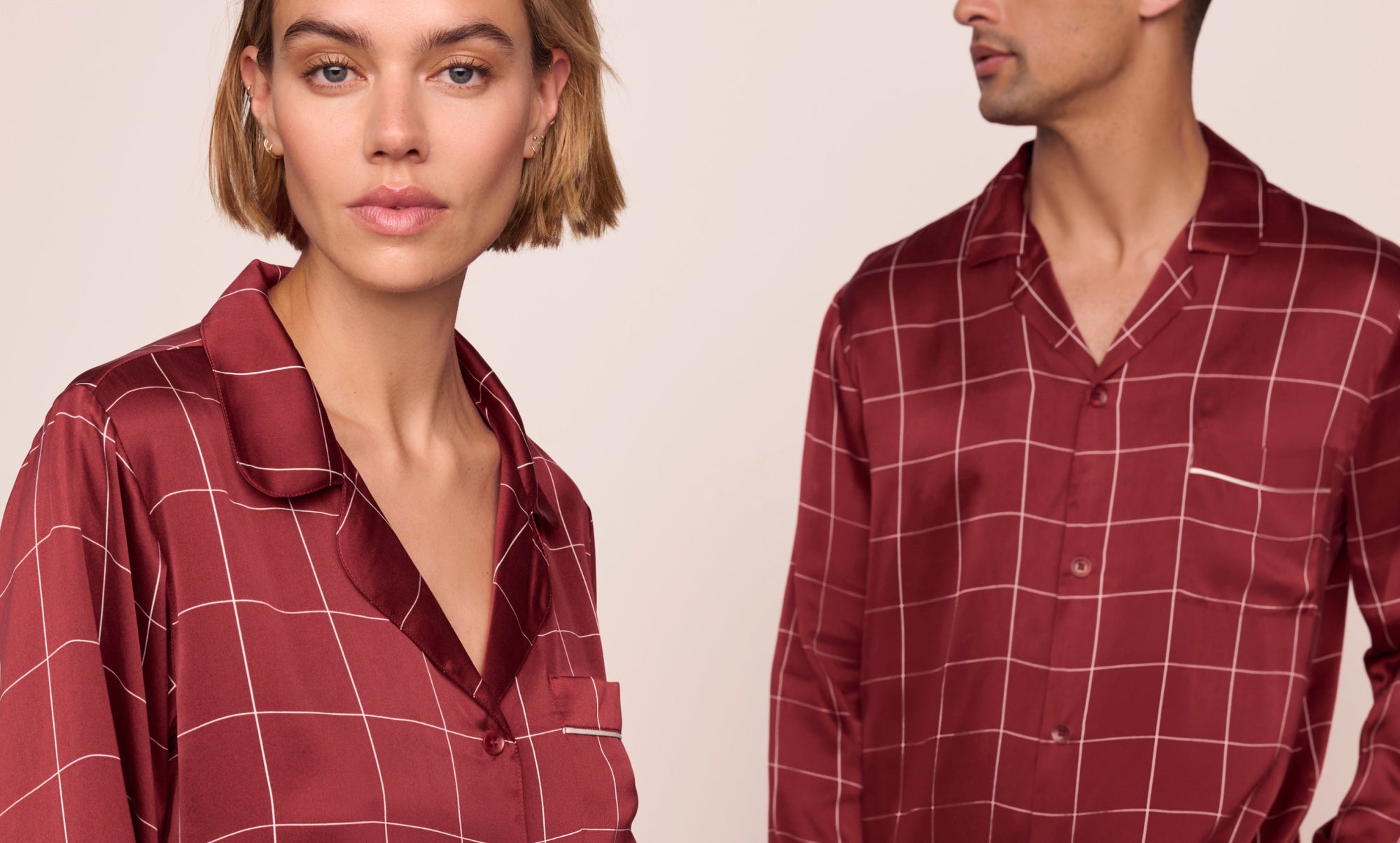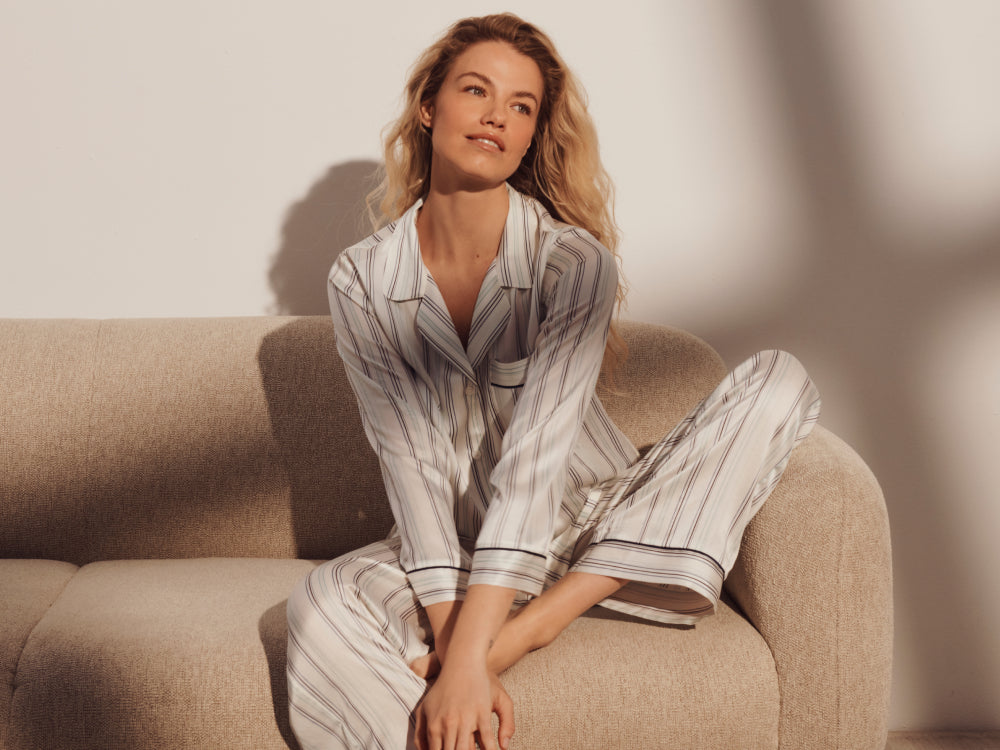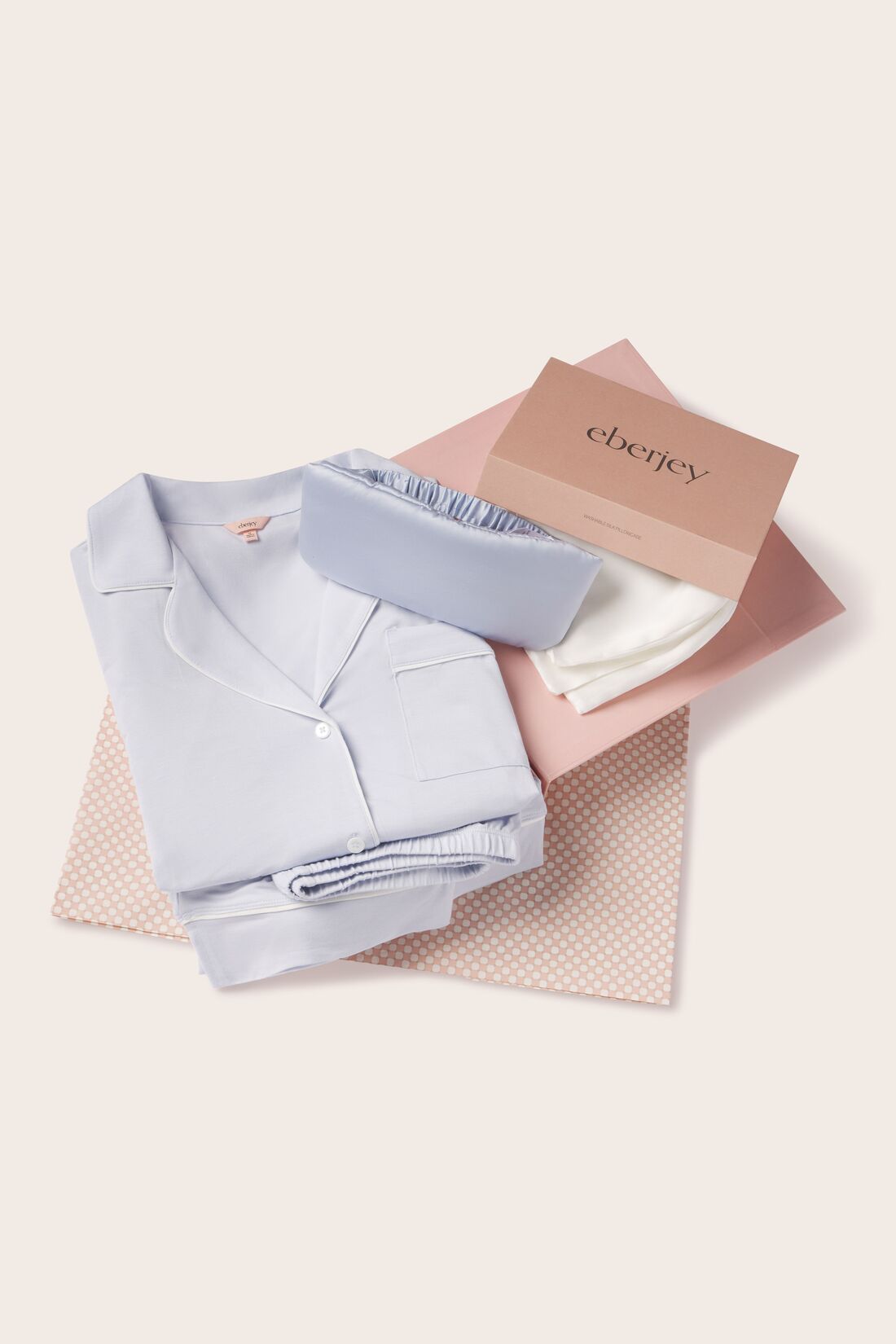Silk (and all other fabrics to one degree or another) pills from general use, but the way you clean the item can be a strong contributor. However, due to the nature of silk being a very long and natural fiber, it is far more resistant to pilling when compared to a polyester satin weave, for example. Synthetic fibers will break, tangle those broken ends, and pill everywhere.
The easiest way to prevent silk from pilling is to take it to a dry cleaner to be cleaned. It’s the very nature of the dry cleaning process that delivers near-zero friction to the fabrics.
If that’s not possible, hand wash the item in cold water, and use a mild soap, even a shampoo will do and your item should be clean in no time.
Since silk is a protein-based fiber, very similar to our hair, many people have had success with using shampoo to wash their silk garments. You certainly don’t need much, because soils and dirt find it difficult to bind to the special protein-based fibers in silk.
If you have Washable Silk from Eberjey, then set your machine to ‘delicate’ and toss it in your washing machine. What could be simpler?
Ultimately, whether you choose to handwash your item in question, or you have the unique ability to machine wash your silk, it’s best to consider turning the garment inside/out. The benefit to this is that if there is any pilling at all, it will be on the inside of your silk piece, and not on the outside.
Of course, never put any item of silk in the dryer, or it will be ruined. It’s best to blot dry the garment on a clean towel on the bed first, and then hang it on a padded hanger to air dry, but make sure it’s outside of direct sunlight. Direct, harsh sunlight can make even colorfast silks quickly fade.
What is Pilling?
Pilling, sometimes referred to as bobbling, lint-balling (though it’s not technically lint), and fuzz-balling is something that happens to all fabrics to a more or lesser degree.
Most natural fabrics don’t suffer the effects of this as much as the synthetic family of fabrics does. But then wool is brought to mind…
When natural fibers break off, they tend to shed away from the garment or cloth. When synthetics do it, rather than breaking off, they tend to tangle amongst themselves, creating pills.
Why is my Silk Pilling?
Are you sure it’s silk? Or is it a satin weave with synthetic fibers? If that’s the case, expect it to pill, and pill fast. Not only that, but synthetic bed sheets are better capable of holding a static electric charge than sheets made with natural fibers.
For Example: Have you ever stayed at a friend or family member’s house with polyester sheets, or bedding around Thanksgiving or Christmas time when the air’s dry? Then, when you’re ready to get into bed some sparks fly? That’s the poly-fibers holding the chage that can be built by friction and of course, your own electrical charge plays a part. If this is a issue you face, just run a metal hanger along the surface of the bedding a couple of times and that will help dissipate the charge.
If it is a 100% real silk item you’re concerned about, what is the use of your ‘silk’ in question? Is it a sheets set, PJ set, or a pillowcase? The different uses of the fabric will show different signs of age and wear.
How about the detergents you’re using? Consider if they are too harsh, and/or contain enzymes unfriendly to silk (and wool) protein-based fibers. Here are a few reasons to steer clear of detergents containing enzymes, especially when it comes to your delicates.
- The reason that enzymes are great destroying protein-based stains are the same reason they’re not good for your silk products.
- Over time, people can develop allergies to the enzymes found in these detergents.
- Enzymes can become contaminated, and change the expected reaction in the wash.
- They can also become ‘denatured’ by even small rises in temperature.
Finally, have you tried turning it inside/out before each wash if that’s possible? This will serve to keep any pilling occurring on the inside of the garment, and not on the outside.
How do you get Pilling off Silk?
The best way to remove pilling off of silk is to use an electric fabric shaver.
These work great, are usually battery-powered, and are commonly available (of course online). If you are often confronted by a fabric you’d like to clear pilling from, buy a good one. You might pay a bit more upfront, but it will be far worth it in the long run.
Another option is using a (new) face/leg shaver. This is just an idea, not a suggestion. Some swear by them, we can’t. It would be awful if you tried to use one on your grandmother’s silk table cloth and the razor just made the run worse. Stick with the right tool for the job.
Can you fix Pilling?
Shaving, cutting, or otherwise removing the pill, yes. If the pill is attached to a run in the weave, unfortunately, you can’t do anything about the run. However, cutting off the pill will reduce the chance for that run to get worse.
Do Lint Rollers Remove Pilling?
No, they don’t. Lint is not actually attached to the thread in the garment like pills are.
Can a Washing Machine Cause Pilling?
If you’re using a washable silk and following the directions, it’s probably not your main cause. Try turning the garments inside/out and double-check your detergent. Perhaps it’s time to hand wash the item in cold water by hand.
Does Fabric Softener Prevent Pilling?
Technically, fabric softeners might help to reduce the pilling of your garments, but they bring with them a host of other problems that may or may not be important to you.
For example, fabric softeners are often produced using petroleum-based products. They can actually build up on the thread and weave of your clothes and make them less breathable.
Also, it’s thought that they can even coat the inside of your dryer, causing other problems like mold and odors. Many people actually have a physical aversion, even allergic reactions to ‘fabric softeners’ (besides simply hating the fake smell), and choose to stay as far away from them as possible. Unless, of course, they’re of a brand and quality that you like.
Luxurious, practical, beautifully modern — it’s the Eberjey way.
Eberjey is here for your soulful comfort through long-lasting quality sleep and loungewear. We offer luxurious collections for women, men, and children. Here are our other links for more information about us, our fabrics, our journal, corporate gifting, and of course, how to contact us. #eberjey
